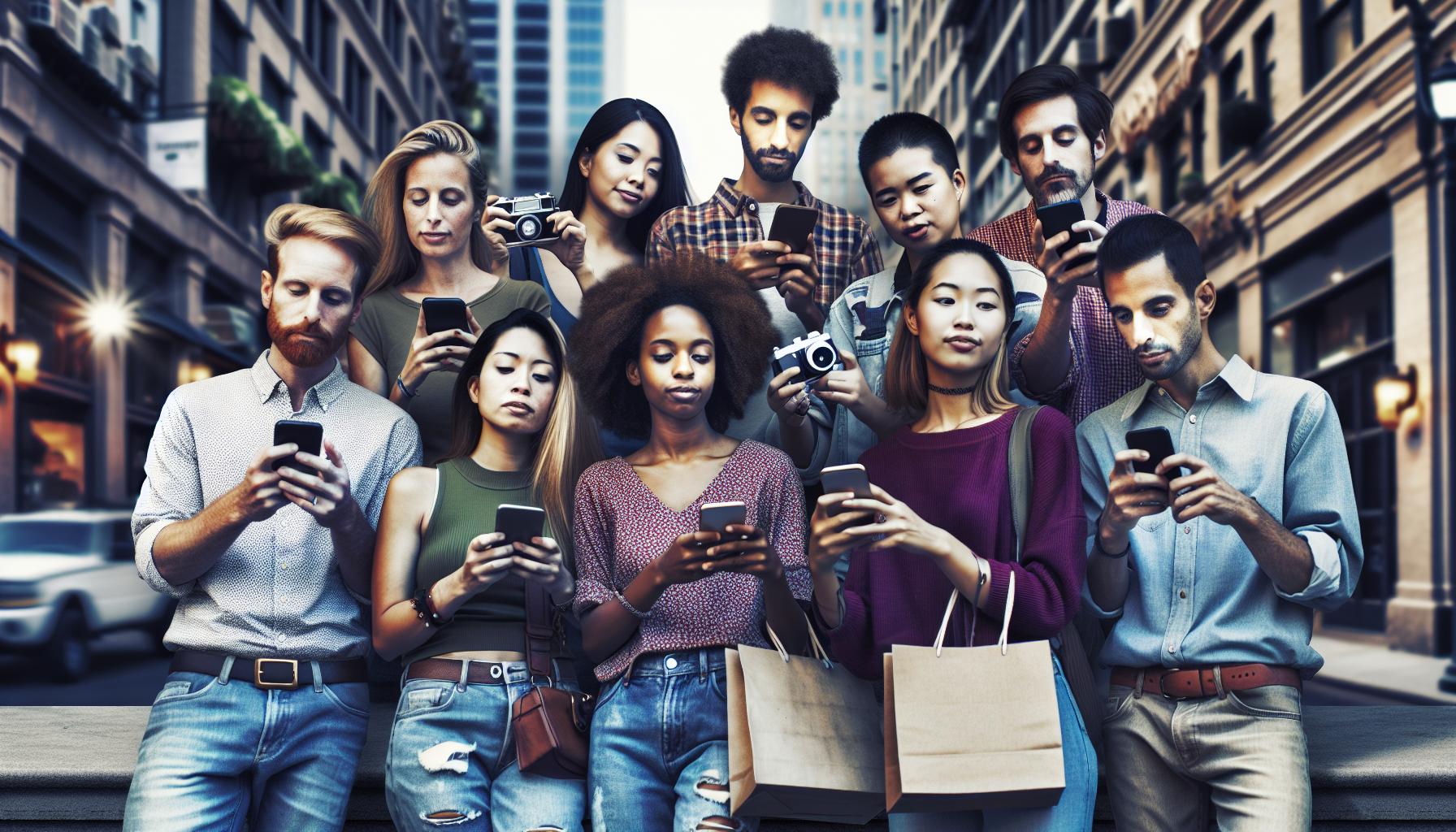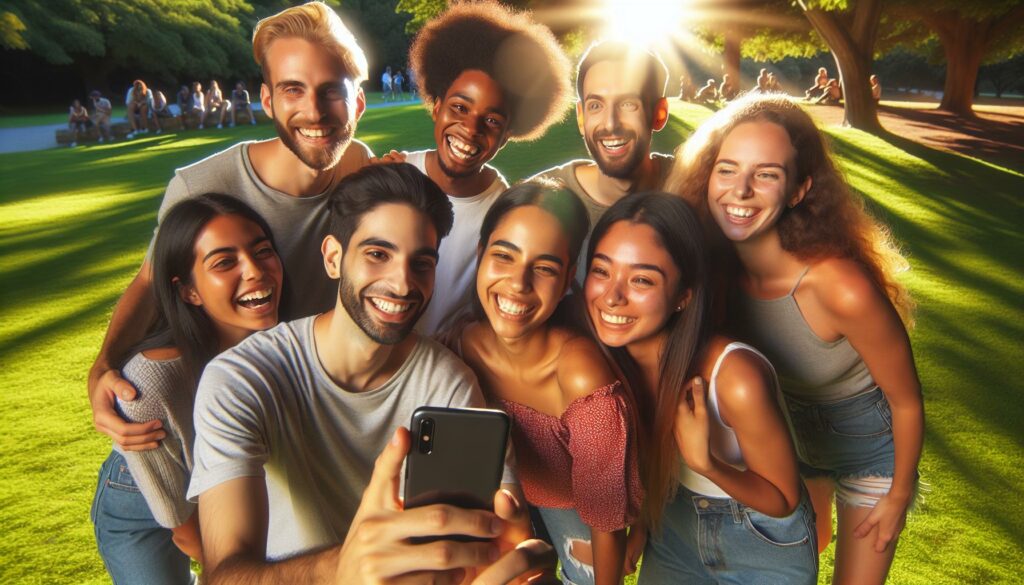In a world where memes reign supreme and TikTok dances can launch careers, staying ahead of social media trends is like trying to catch a greased pig—slippery and full of surprises. 2021 has been a rollercoaster of viral moments, influencer partnerships, and algorithm shifts that left even the savviest marketers scratching their heads.
As platforms evolve faster than a cat video goes viral, understanding these trends is crucial. Whether it’s the rise of short-form content or the increasing importance of authenticity, knowing what’s hot can give brands the edge they need. Dive into the latest insights and discover how to harness these trends for success. After all, who wouldn’t want to ride the wave of social media glory?
Social Media Trends 2021 PDF
Social Media Trends 2021 PDF showcased rapid evolution and diverse strategies. Short-form content gained significant traction across platforms like TikTok and Instagram. Consumers increasingly sought authentic interactions, leading brands to prioritize transparency and genuine connections with audiences.
Video content also emerged as a dominant format. Live streaming surged in popularity, with platforms integrating new features catering to real-time engagement. Influencers played a pivotal role, fostering brand loyalty through personal storytelling and relatable content.
Data revealed that user-generated content influenced purchasing decisions. Collaboration with customers through creative campaigns encouraged brand loyalty and engagement. Marketers who embraced this trend enjoyed higher conversion rates.
Algorithm changes on platforms required constant adaptation from brands. Staying informed about these shifts ensured effective content distribution and visibility. Metrics focused on engagement rather than reach became integral for evaluating campaign success.
Furthermore, mental health awareness influenced social media interactions. Users gravitated towards supportive, positive environments, prompting brands to create content that fosters community and well-being. The focus on social issues supported authenticity and resonated with audiences.
In 2021, the demand for social commerce surged. Social media served as a shopping platform, integrating e-commerce features to streamline user experiences. Brands that capitalized on this trend tapped into a growing audience eager to make purchases directly from their feeds.
Overall, adapting to these trends proved crucial for brands seeking to thrive amidst constant change. Insight-driven strategies empowered marketers to navigate the complexities of social media successfully.
Key Social Media Trends 2021 PDF

Marketers in 2021 faced a dynamic landscape filled with key trends that shaped social media strategies. Recognizing these trends proved essential for enhancing brand engagement and driving success.
Growth of Short-Form Video Content
Short-form video content saw rapid growth, particularly on platforms like TikTok and Instagram. Creators embraced this format, leading to more engaging and digestible content for users. Statistics revealed that videos under one minute gained more traction than longer formats. Brands leveraged this trend to showcase products creatively, drive awareness, and increase viewer retention. Elevated engagement rates resulted from the quick consumption of visually appealing videos, making short-form content a critical aspect of any digital marketing strategy.
Rise of Ephemeral Content
Ephemeral content emerged as a significant trend, characterized by its temporary nature on platforms such as Instagram Stories and Snapchat. Users displayed a preference for content that felt exclusive and authentic. A study indicated that audience engagement with such content exceeded traditional posts, creating a sense of urgency. Brands took advantage of this trend by sharing sneak peeks, special promotions, and behind-the-scenes glimpses. Prioritizing ephemeral content allowed businesses to foster a connection with their audience while delivering timely, relevant messaging.
Increasing Importance of Social Commerce
Social commerce gained importance as e-commerce integrated more into social media platforms. Users sought seamless shopping experiences without leaving their favorite apps. Research highlighted a substantial increase in consumers making purchases directly through social media channels. Brands adapted their strategies to feature shoppable posts, live shopping events, and influencer partnerships. Focusing on social commerce not only enhanced brand visibility but also facilitated meaningful interactions with potential customers eager to buy products directly from their feeds.
Impact of COVID-19 on Social Media Usage
Social media experienced notable shifts amid the COVID-19 pandemic. Increased need for connection led users to spend more time online, creating an uptick in engagement across various platforms.
Shift in User Behavior
User behavior transformed significantly during the pandemic. A surge in video consumption occurred, as platforms like TikTok gained over 80 million downloads. Users gravitated towards authentic content, prioritizing real interactions over polished posts. Digital communities flourished, with users seeking support, leading to a rise in mental health discussions on social media. Brands adapted by emphasizing community engagement, fostering a sense of belonging among followers.
Temporary vs. Lasting Changes
Many changes prompted by the pandemic may remain long-term. Brands’ reliance on social commerce increased, with a 70% rise in shopping through platforms like Instagram. Similarly, short-form content’s popularity is likely here to stay, as consumers have become accustomed to bite-sized, engaging videos. While some trends may fade post-pandemic, the shift towards meaningful connections and community-focused content is likely to endure, shaping future social media landscapes.
Notable Platform-Specific Social Media Trends 2021 PDF

Social media platforms introduced various innovations and strategies in 2021, driving engagement and user interaction.
Facebook and Instagram Innovations
Facebook and Instagram focused on e-commerce advancements. Shopping features increased on both platforms, enabling users to purchase directly through posts. Instagram integrated shoppable tags in photo and video content, enhancing product discoverability. Live shopping events also became more prevalent, allowing brands to showcase products in real-time. User experience received attention through algorithm enhancements, prioritizing content that fosters community interactions. Brands leveraged these features to create immersive shopping experiences and establish stronger connections with their audiences.
TikTok’s Dominance
TikTok emerged as a leader, captivating users with its short-form video content. Creative challenges and trends drove massive engagement, encouraging brands to participate. Content creators enjoyed increased visibility, enabling collaborations with companies seeking to reach younger demographics. The platform’s algorithm effectively promoted trending videos, enhancing virality chances for businesses. Additionally, TikTok invested in advertising options like in-feed ads and branded effects, enhancing marketing flexibility. This environment shaped a new era of authentic content, affirming TikTok’s position as a significant player in social media dynamics.
Reshaped How Businesses Interact With Their Audiences
Staying ahead in the social media landscape requires brands to be agile and responsive. The trends of 2021 have reshaped how businesses interact with their audiences. Short-form content and authenticity have become essential for engagement while social commerce is transforming the shopping experience.
As the digital environment evolves, brands must prioritize community connection and adapt their strategies accordingly. Embracing these changes not only enhances visibility but also fosters deeper relationships with consumers. Marketers who leverage insights from these trends will be better positioned to navigate the complexities of social media and achieve lasting success.



